Isoetes acadiensis
Habitat
This species occurs submerged in shallow water (<1 m) or emergent just above waterlines of lakes, ponds, and occasionally rivers. It prefers slightly acid water (pH ~5.0 - 5.5) and a substrate of pebbles/gravel or cracks in large rocks.

Shubenacadie Grand Lake, Nova Scotia. Red form of I. acadiensis
Range
Isoetes acadiensis occurs mostly in Nova Scotia, but is also recorded from New England and the Northeast including New Brunswick, Newfoundland, Maine, New Hampshire, Vermont, Massachusetts, New York, and New Jersey. Reports of this species from tributaries of the Chesapeake Bay in Virginia were later corrected to I. mattaponica.
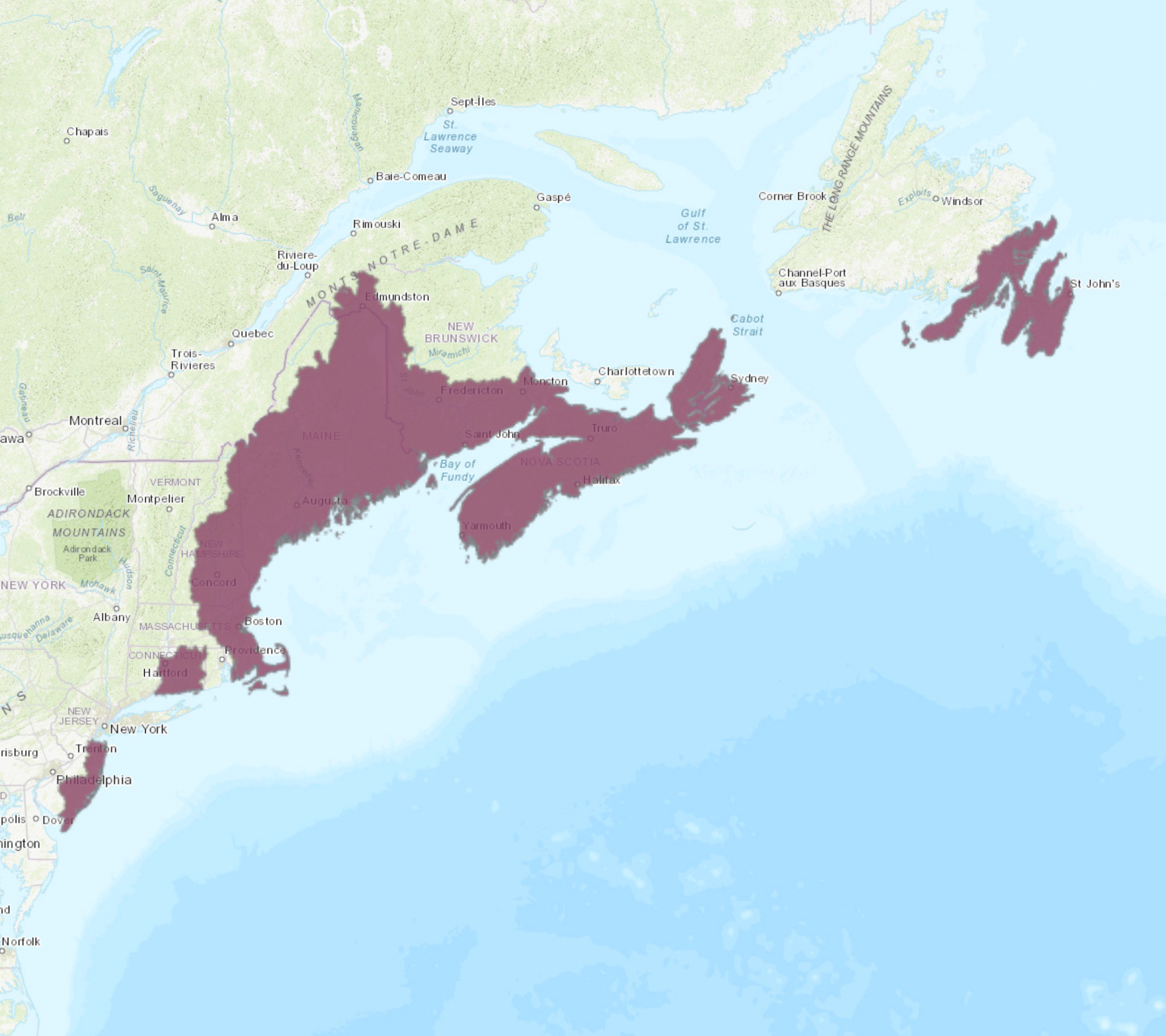
Map from IUCN
Habit
Individuals usually to ca. 20 cm long, with 9-35 sporophylls varying from dark green to reddish in color. Sporophylls pliant, mostly recurved but occasionally erect. Rootstock two-lobed.
Megaspores
Megaspores mature from August to September, and are white, spherical, with smooth, rounded ornamentation of rugulate to reticulate ridges. Diameter ranges from ~400-550 um (rarely up to ~650 um). Equatorial and trilete ridges are prominent, with a smooth girdle distal to the equatorial ridge.
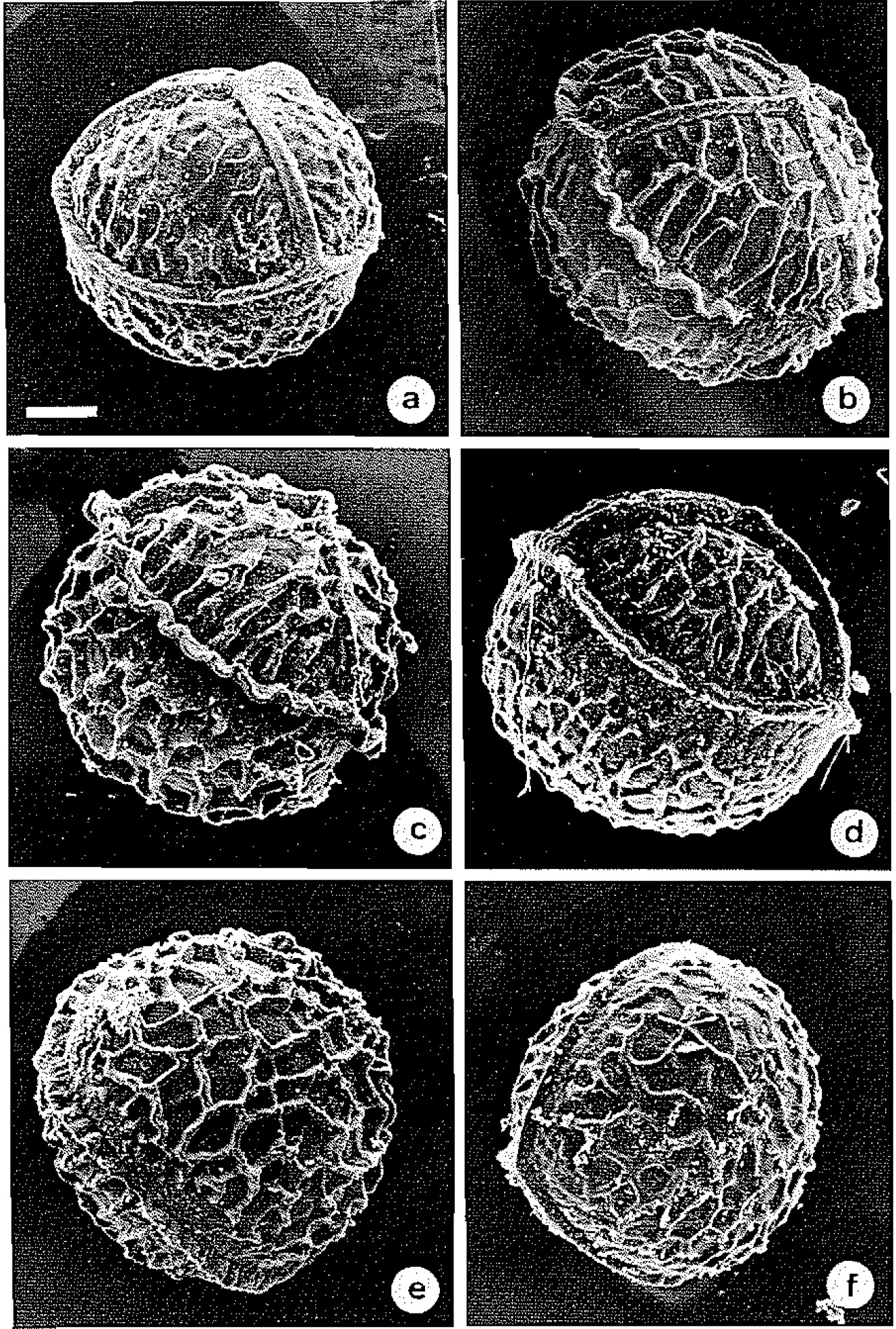
Image from Kott and Britton 1983
Microspores
Microspores are gray in mass, 25-35 um in diameter, and echinate/spinulose.
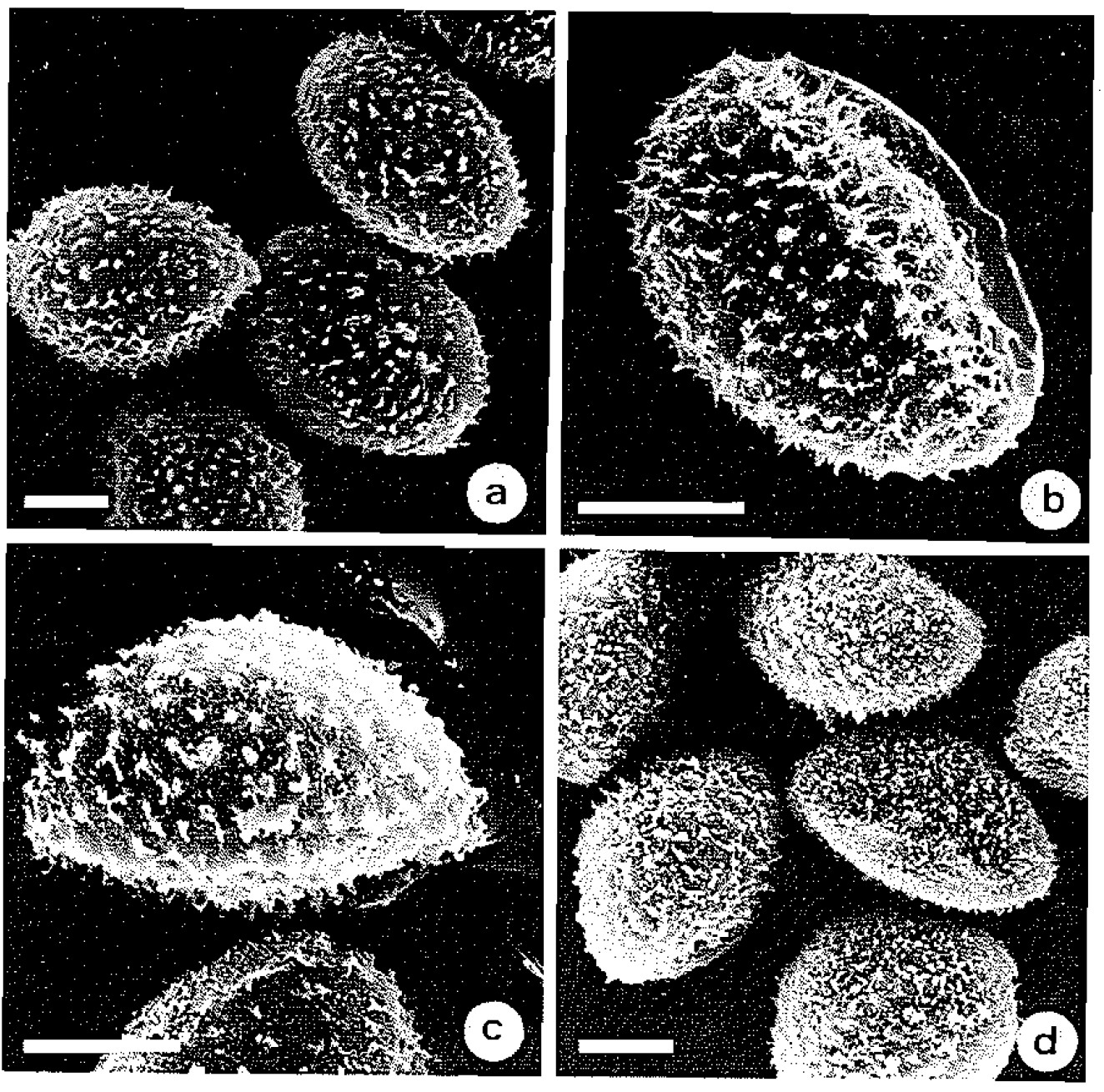
Image from Kott and Britton 1983
Sporangia and Velum
Sporangia average 5 mm long by 3 mm wide, and are often colored by scattered brown cells in the sporangium wall. Velum coverage is less than 1/2 the sporangium (1/6-1/3 by some accounts).
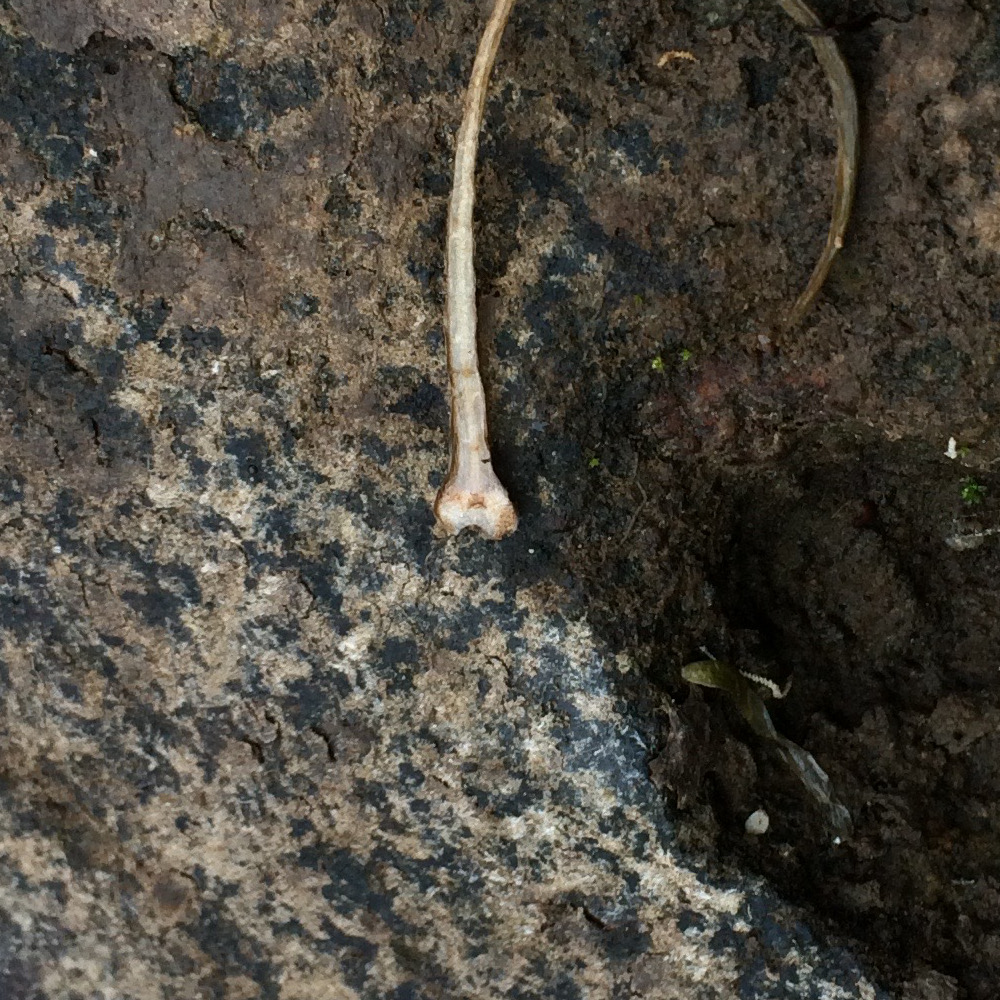
Image from Kott and Britton 1983
Conservation
Isoetes acadiensis is considered Near Threatened by the IUCN, and Vulnerable (G3) according to NatureServe. Across the states and provinces it occurs in, it is ranked SH (historical - New Hampshire), S1 (critically imperiled - Massachusetts, Newfoundland), S2 (imperiled - New Brunswick, Maine), and S3 (vulnerable - Nova Scotia). It is unranked for the remainder of its range.
Primary threats to this species include habitat destruction, water pollution, and recreational activities.
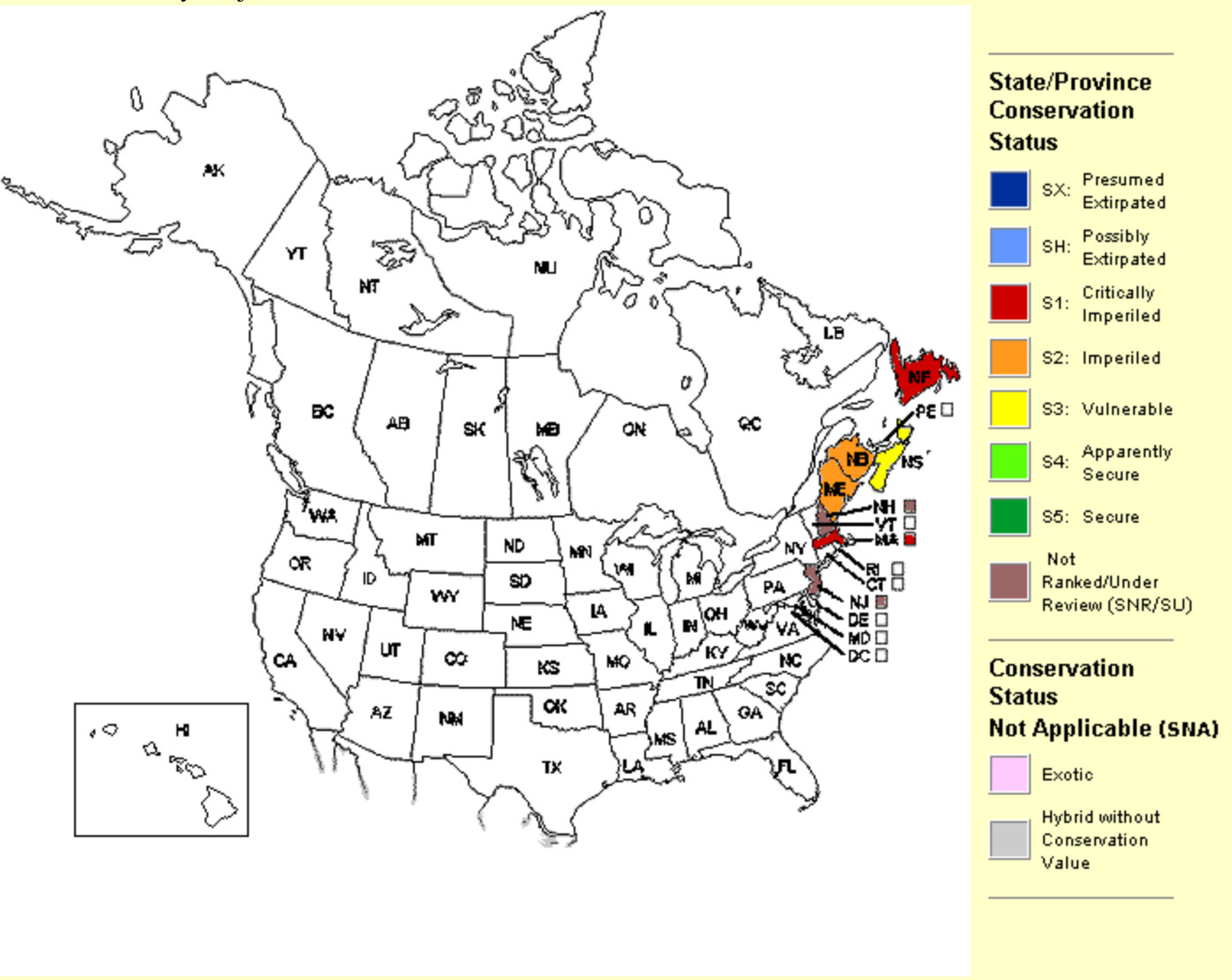
Map from NatureServe
Taxonomy and Systematics
DNA sequences suggest I. acadiensis shares the same parentage as I. tuckermanii, with I. viridimontana and an undescribed taxon from the Uwharrie Mountains, North Carolina, as the two most similar diploids in both.

From Schafran 2019
References
Kott 1981. Isoetes acadiensis, a new species from eastern North America.
Kott and Britton. 1983. Spore morphology and taxonomy of Isoetes in northeastern North America.
Schafran 2019. Molecular systematics of Isoetes in eastern North America.
Taylor et al. 1993. Isoetaceae in Flora of North America.